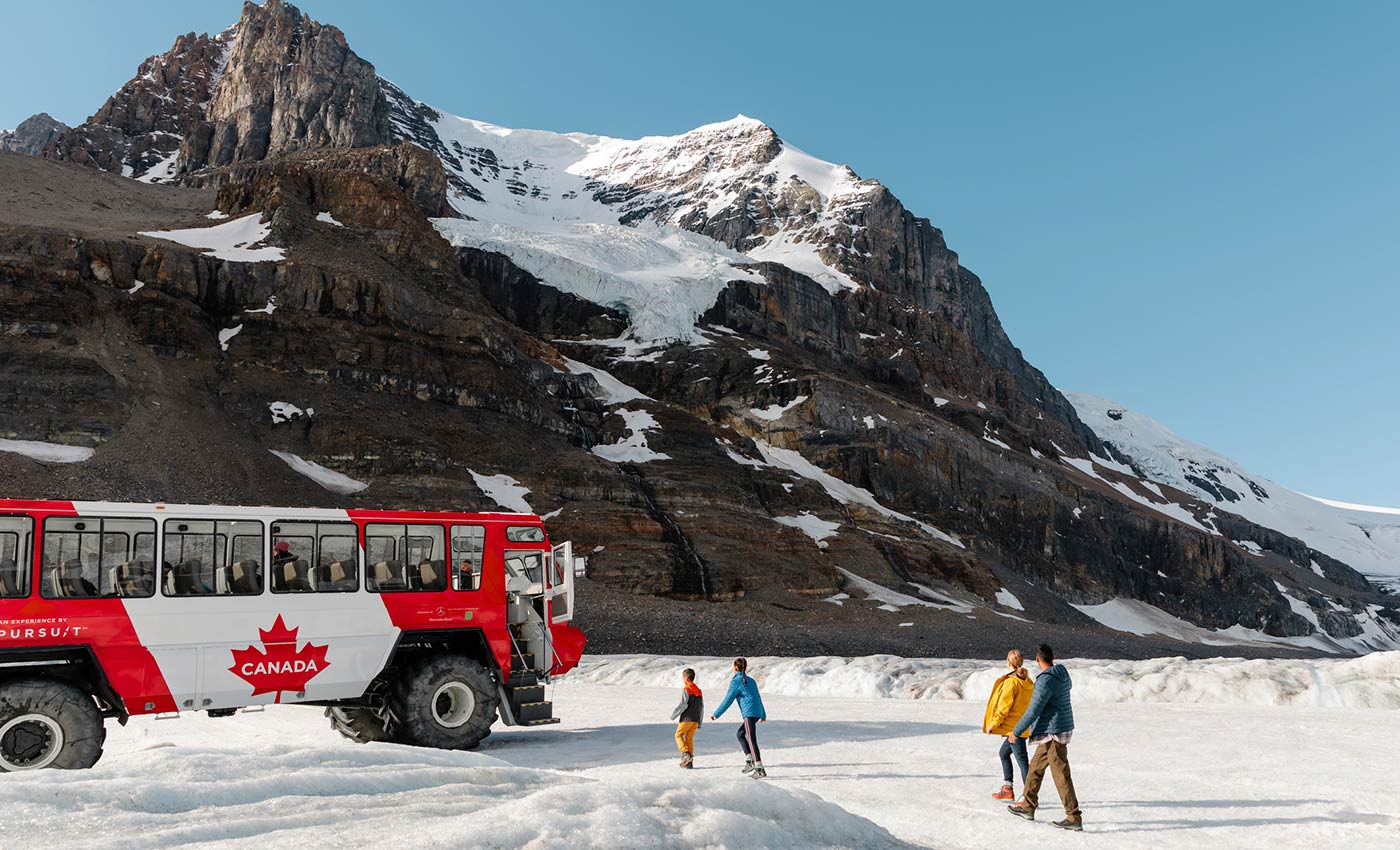The Athabasca Glacier & Columbia Icefield are among Canada’s most iconic and awe-inspiring natural landmarks. Located in Jasper National Park along the Icefields Parkway, this glacial region draws visitors from around the world for its stunning views, unique geological features, and rare opportunity to walk on a living glacier. Whether you’re a thrill-seeker, nature photographer, or simply someone who wants to experience Earth’s ancient ice, this destination promises an unforgettable journey.
This comprehensive guide will walk you through everything you need to know about visiting the Athabasca Glacier and Columbia Icefield — including how they were formed, how to get there, what tours are available, and how to stay safe while exploring this frozen giant.
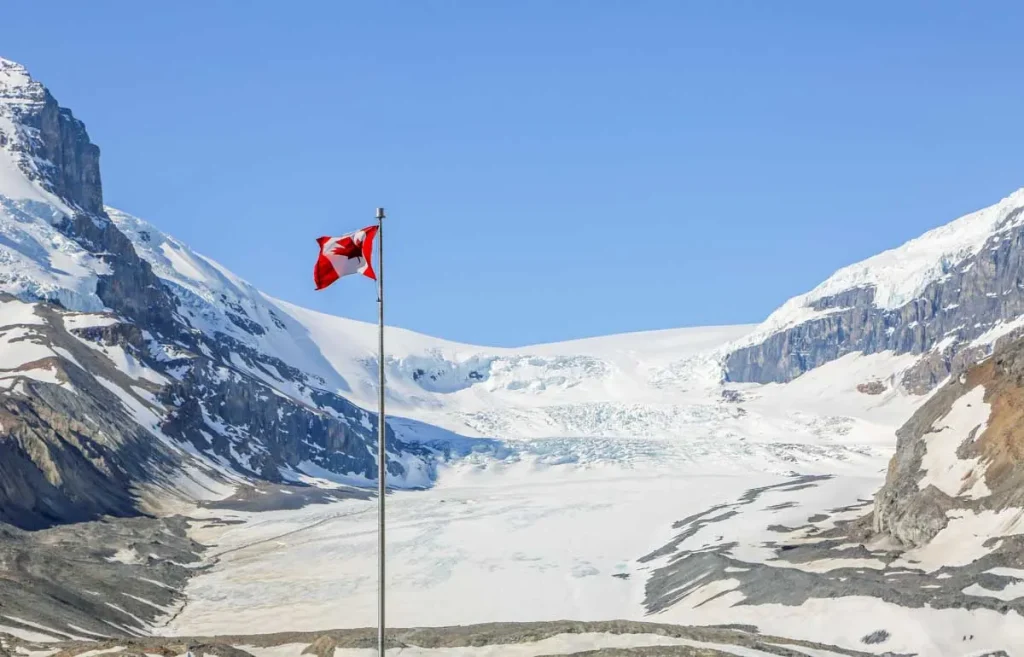
What Is the Athabasca Glacier?
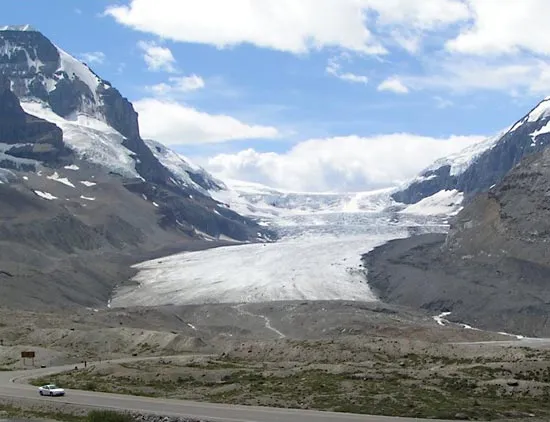
The Athabasca Glacier is the most accessible glacier in North America and one of the six primary tongues (or “toes”) extending from the massive Columbia Icefield. This glacier stretches approximately 6 kilometers (3.7 miles) in length and covers an area of nearly 6 square kilometers. Situated just off the Icefields Parkway between Lake Louise and Jasper, the glacier is not only a visual marvel but a scientific treasure trove.
Formed over thousands of years, the Athabasca Glacier is a relic of the last Ice Age and remains a crucial freshwater source in western Canada. It feeds into the Athabasca River, which flows all the way to the Arctic Ocean. Its icy blue crevasses, visible icefalls, and constantly shifting structure offer insight into the power of glacial movement and the fragile balance of ecosystems dependent on glacial meltwater.
Understanding the Columbia Icefield
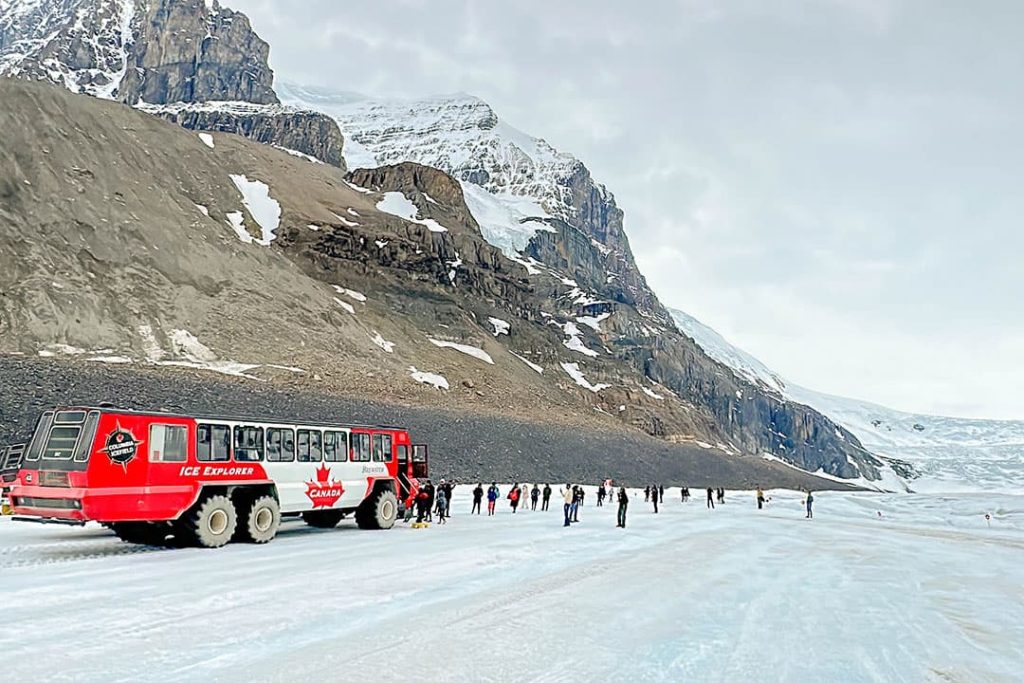
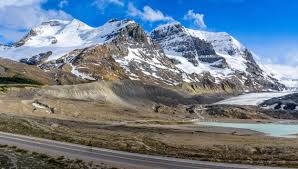
Spanning 325 square kilometers (125 square miles) and reaching depths of 365 meters (1,200 feet), the Columbia Icefield is the largest icefield in the Canadian Rockies. Nestled along the Continental Divide, this massive body of ice straddles Alberta and British Columbia and feeds eight major glaciers, including the Athabasca, Dome, and Stutfield Glaciers.
The Columbia Icefield sits at an average elevation of 3,000 meters (9,800 feet) and receives over 7 meters (23 feet) of snow each year. It’s also hydrologically significant because it drains into three different oceans — the Pacific, Arctic, and Atlantic — a phenomenon that makes it one of only two places in North America with a triple continental divide.
How to Visit the Athabasca Glacier & Columbia Icefield
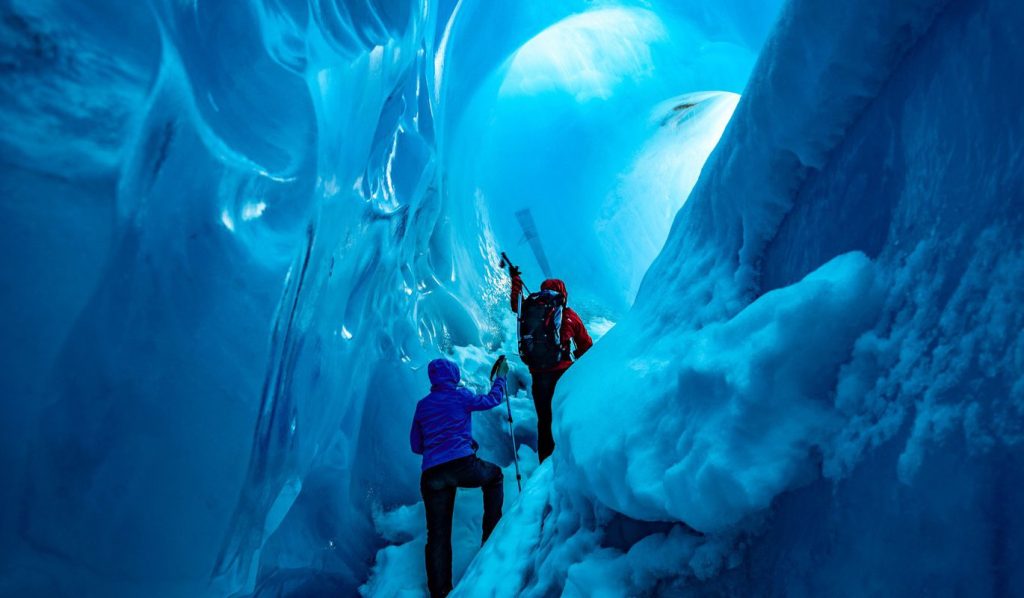
Accessing the Athabasca Glacier & Columbia Icefield is easier than many expect, thanks to its location along the Icefields Parkway (Highway 93) — one of the world’s most scenic drives. The highway connects Banff and Jasper, and the glacier is situated approximately halfway between the two towns. This makes it a perfect stop for those doing a Canadian Rockies road trip.
Your main base for glacier exploration is the Columbia Icefield Discovery Centre, located directly across from the Athabasca Glacier. Open seasonally from late spring to early fall, this modern visitor center offers:
- Educational exhibits and glacier facts
- A café and gift shop
- Ticketing for glacier tours and the Skywalk
- Guided tour departures
Main Ways to Explore:
- Ice Explorer Glacier Tour: Ride in a massive, specially designed vehicle called an Ice Explorer that safely carries passengers directly onto the Athabasca Glacier. The experience includes about 20 minutes of free time on the ice to walk, take photos, and taste pure glacial meltwater.
- Glacier Skywalk: Located just 6 km from the Discovery Centre, this cliff-edge, glass-bottom platform sits 280 meters above the Sunwapta Valley. It’s ideal for those who want dramatic views of the surrounding mountains and valleys.
- Toe of the Glacier Trail: If you prefer a self-guided hike, you can walk from the parking lot to the glacier’s edge. Signs along the trail show how far the glacier has retreated, offering a visual timeline of its decline.
Best Time to Visit and What to Expect
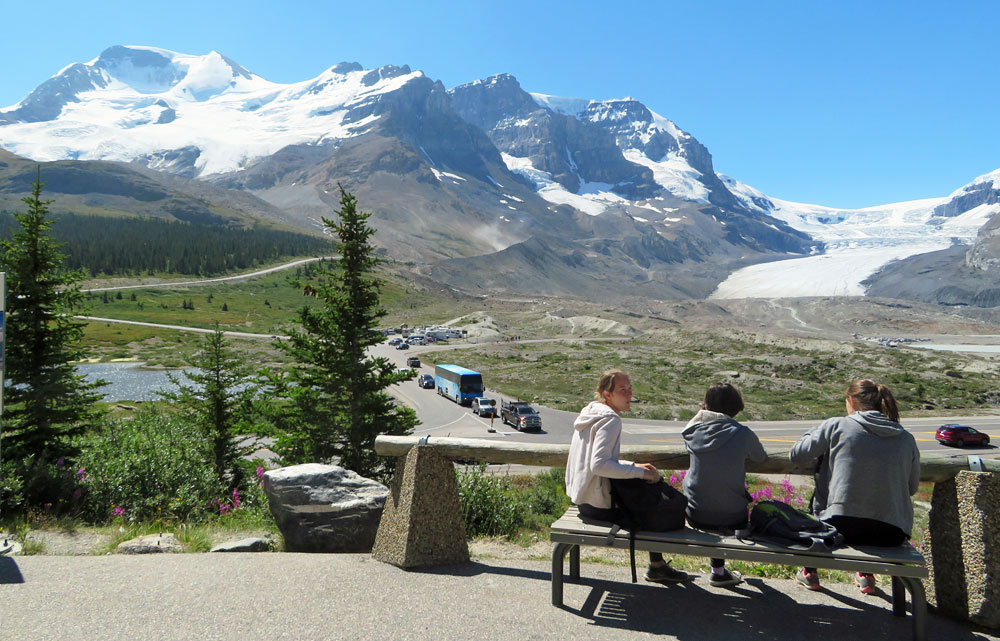

The best time to visit the Athabasca Glacier & Columbia Icefield is between mid-May and early October, when weather conditions allow for safe travel and full access to all attractions. The summer months of June through August are the most popular, but September offers fewer crowds and crisp, clear views of the surrounding peaks.
What to Expect:
- Weather: Temperatures can vary dramatically. Even in summer, the glacier area can be cold and windy, with temperatures as low as 0°C (32°F). Snowfall is possible year-round.
- Altitude: You are at high elevation, which can cause mild altitude sickness in some. Symptoms include fatigue, dizziness, and shortness of breath. Drink water, eat light, and pace yourself.
- Safety: Never attempt to walk far onto the glacier without a guide. Hidden crevasses can be deadly. Always stay within marked trails and listen to tour staff instructions.
Climate Change and Glacial Retreat
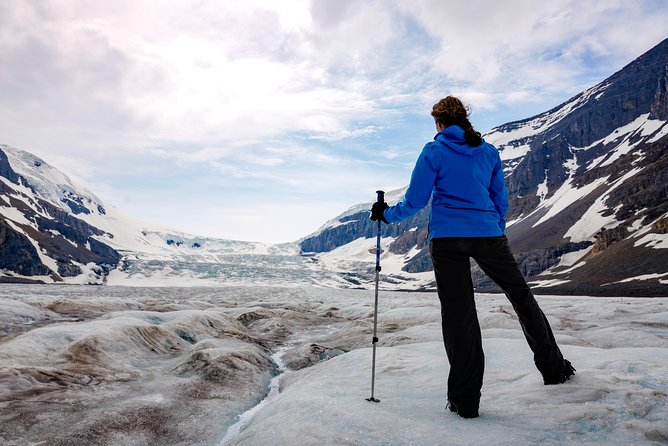
The Athabasca Glacier & Columbia Icefield are stunning examples of nature’s power — but also of its vulnerability. Over the last century, the Athabasca Glacier alone has retreated more than 1.5 kilometers (0.93 miles) and lost over 60% of its volume. Researchers estimate that, without significant changes in climate policy and global emissions, many of the icefield’s glaciers could disappear within the next century.
During your visit, you’ll notice signs along the trail to the glacier marking where the ice once reached in previous decades. These physical markers offer a stark visual representation of how fast the glacier is shrinking. Some visitors find the experience deeply emotional — not just because of the beauty but because of what’s being lost.
Travelers can help protect the region by:
- Reducing carbon emissions (e.g., carpooling or using eco-tours)
- Staying on designated trails to avoid damaging fragile terrain
- Supporting conservation programs and parks services
- Spreading awareness about glacier preservation
Final Thoughts: Why You Should Visit the Athabasca Glacier & Columbia Icefield
A visit to the Athabasca Glacier & Columbia Icefield is a once-in-a-lifetime experience. From the moment you step onto the ice to the sweeping views from the Glacier Skywalk, every moment in this alpine wonderland is a reminder of Earth’s power, beauty, and fragility. This destination brings together history, science, adventure, and introspection like no other.
Whether you’re traveling solo, with family, or as part of a tour group, you’ll leave with not only incredible photos but a deeper understanding of our planet’s changing landscape. The chance to walk on ancient glacial ice, explore dramatic alpine terrain, and witness the impact of climate change firsthand makes this one of the most profound experiences in Canada.

